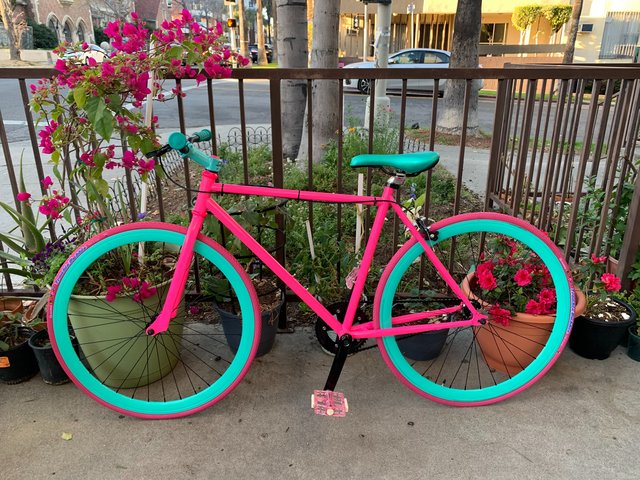I used to be gung-ho about schoolwork and was more just getting work done on my own even if I was 'in a group' sometimes during the class, so it just made sense that I was steering because no one was as invested emotionally nor as read-up on the subject, but years later I have noticed that even though I'm not getting perfect grades, people in my courses' small groups are still deferring to me to do executive and organizing work. There's even a sweet lady in one course who's clearly not a last minute, mad-dash kind of worker like I am....she NEEDS to start early and prompts me to meet(which is helpful but freaks me out because I incorrectly assume there's a deadline that night I misread when, really, it's a month from then, and she's just early), and even though she is intiating work sessions, she somehow isn't doing the heading-it-up work: there's this vacuum for EJing in our group. It feels nice to have a skillset people want me to use and encourage me toward.
I just keep finding myself leading all the meetings, setting the pace, moving through slides and talking about what needs to be finished, flow/transitions, talking diplomatically about how we can give a person who hasn't had time to work much yet some assignments, etc. I'm also asking for input and preferences and ideas constantly each meeting.
I thought it sounded foreign in all the LIE descriptions when it talks about us 'leading.' It sounds so weird when you're the person because you just feel normal you, not some singled out person, and I like to look at it like a combination of those two viewpoints: Te types are leading in ONE way, while other types lead in other, less executive, less historically praised, but remarkably valuable, ways.
And now I see what those LIE articles were getting at. Our brains do just naturally start to prepare in a strategic and 'rallying/organizing the compatriots' kinda way.
TL;DR: please share your own thoughts about the articles putting us on pedestals...... or about you personally relating (or not) to your own type (all types welcome) descriptions.



 Reply With Quote
Reply With Quote

